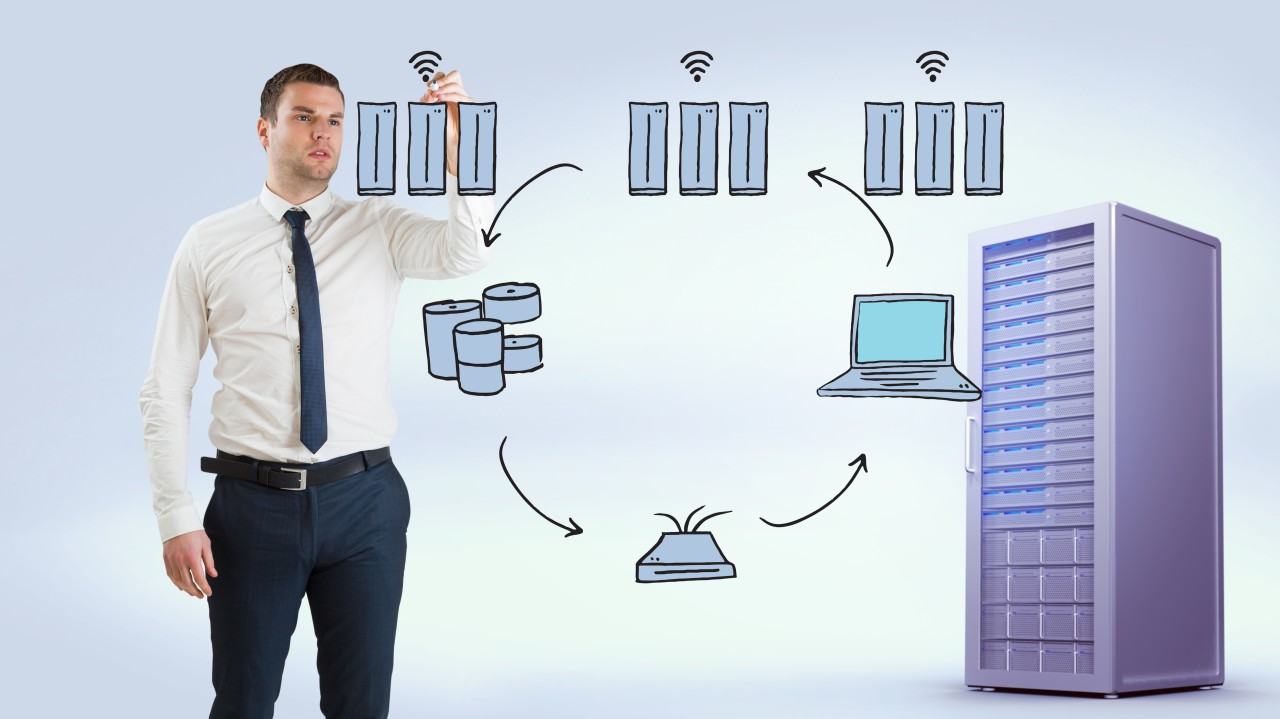Did you know that unmanaged devices put 70% of businesses at risk? In today’s remote-first world, the stakes have never been higher.

The modern workplace is no longer confined to office walls. With the rise of hybrid and remote work, employees are logging in from homes, coffee shops, and co-working spaces across the globe. While this flexibility boosts morale and widens talent pools, it also introduces a slew of challenges—especially when it comes to managing and securing devices. Enter **Remote Device Management (RDM)**, the unsung hero ensuring seamless, secure, and efficient operations for businesses of all sizes.
This article dives deep into why RDM is no longer optional but a strategic imperative for modern workplaces. From ironclad security to skyrocketing productivity, we’ll explore how RDM is transforming the way organizations operate—and why your business can’t afford to ignore it.
Cyberattacks are evolving at breakneck speed. Ransomware, phishing, and zero-day exploits target vulnerabilities in unmanaged devices, turning them into gateways for breaches. For businesses handling sensitive data—like healthcare providers or financial institutions—the consequences can be catastrophic.
Remote Device Management acts as a 24/7 security guard for your devices, no matter where they are. Key features include:
Real-time monitoring: Detect and neutralize threats before they escalate.
Automated patches: Ensure all devices run the latest security updates.
Remote wipe: Instantly erase data from lost or stolen devices to prevent leaks.
Case in Point: A mid-sized accounting firm adopted RDM after a phishing attack compromised employee laptops. Within months, they reduced security incidents by **65%**, thanks to enforced encryption and automated compliance checks.
Picture this: An employee’s laptop crashes hours before a critical deadline. With traditional support, they’d wait days for an on-site technician—costing time, money, and morale.
Remote Device Management flips the script by enabling:
Instant troubleshooting: IT teams can access devices remotely to resolve issues in minutes.
Bulk software deployments: Roll out updates or new tools company-wide with a few clicks.
Self-healing systems: AI-driven RDM tools can predict and fix problems before users notice.
Stats Don’t Lie: Companies using RDM report 40% less downtime and a **25% boost in employee productivity**.
Unmanaged devices drain resources through:
Reactive repairs: Emergency IT visits are expensive.
Hardware waste: Without oversight, companies over-purchase or underutilize devices.
Reduce on-site visits: Slash travel and labor costs by **30% or more**.
Extend device lifespans: Proactive maintenance keeps hardware running longer.
Optimize licenses: Track software usage to avoid paying for unused subscriptions.
Real-World Impact: A retail chain saved $200,000 annually by switching to RDM and eliminating redundant hardware.
Scaling a business often means adding devices—but manually configuring each one is a nightmare.
Onboard devices in bulk: Deploy standardized settings across hundreds of devices instantly.
Support any device type: Manage laptops, tablets, and IoT gadgets from a single dashboard.
Adapt to workforce changes: Easily provision or deprovision devices as teams grow or shift.
Example: A tech startup scaled from 50 to 500 employees in a year—without hiring extra IT staff—by leveraging RDM’s automation.
GDPR, HIPAA, CCPA—non-compliance penalties can reach **millions**. Yet, tracking devices manually is error-prone.
Automated audits: Generate reports for regulators in seconds.
Policy enforcement: Ensure all devices meet encryption or password standards.
Incident logs: Maintain detailed records for legal protection.
Industry Spotlight: A healthcare provider achieved 100% HIPAA compliance within 6 months of implementing RDM.
Remote Device Management isn’t just about fixing tech—it’s about **enabling growth**, **protecting reputations**, and **staying ahead in a digital-first era**. Whether you’re a startup or a Fortune 500 company, the question isn’t if you need RDM—it’s how soon you can deploy it.
In 2024, businesses don’t compete on products alone. They compete on **who can operate smarter, safer, and faster**. With RDM, you’re not just keeping up; you’re leading the charge.
Ready to transform your workplace? [Book a demo] or [Download our guide] to see RDM in action.